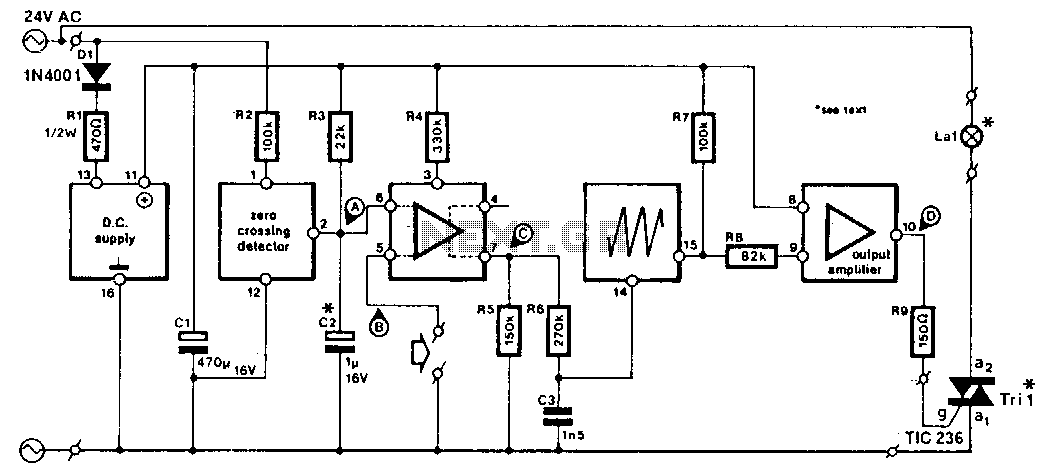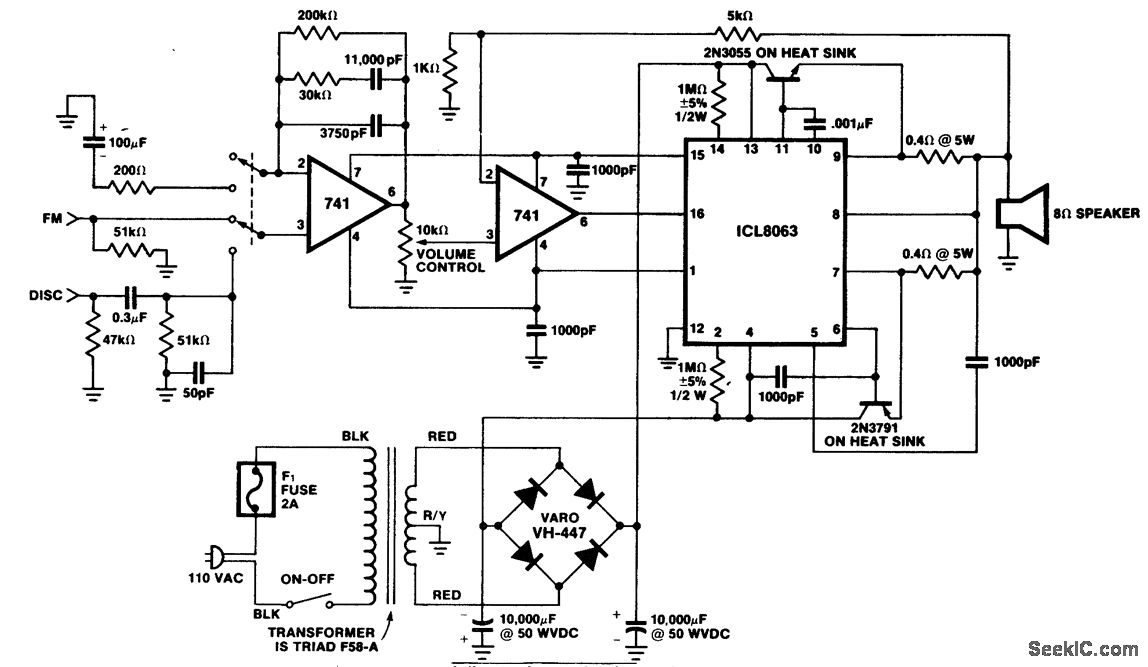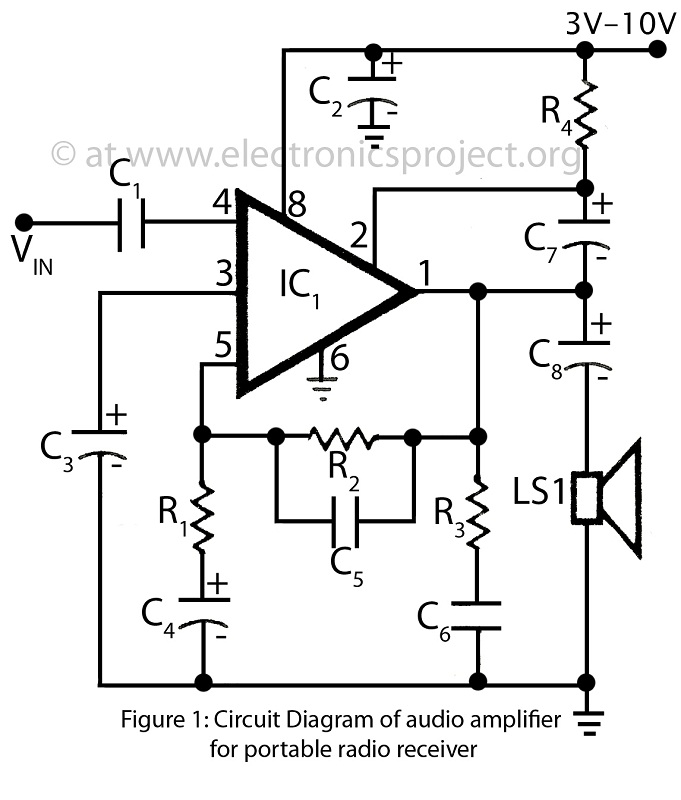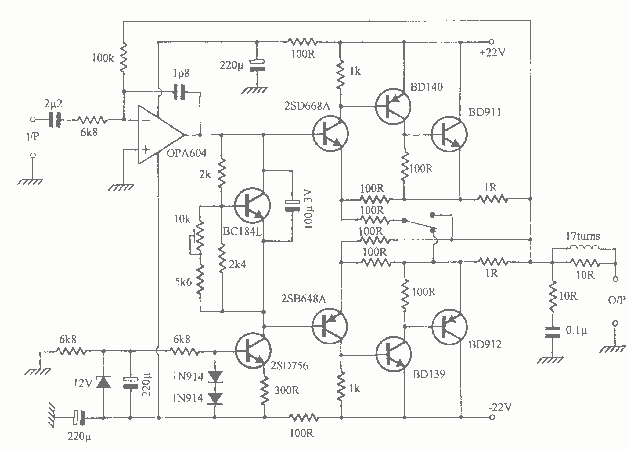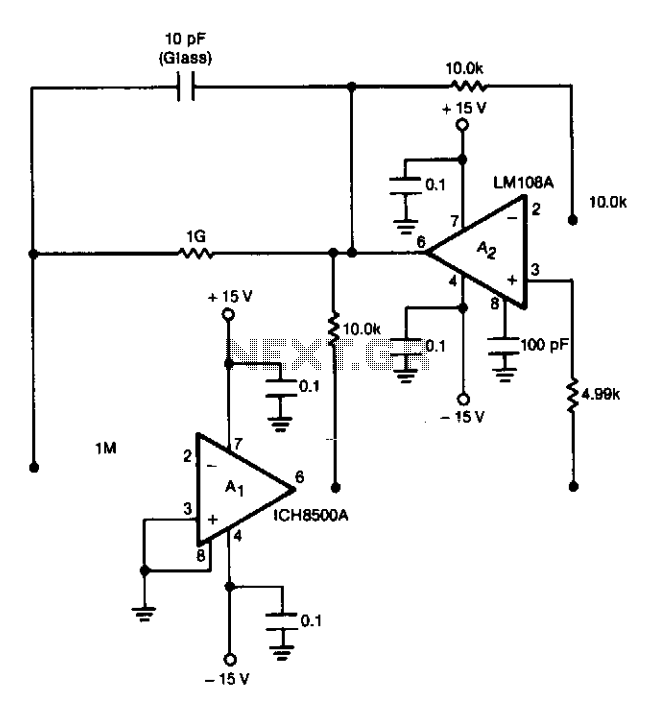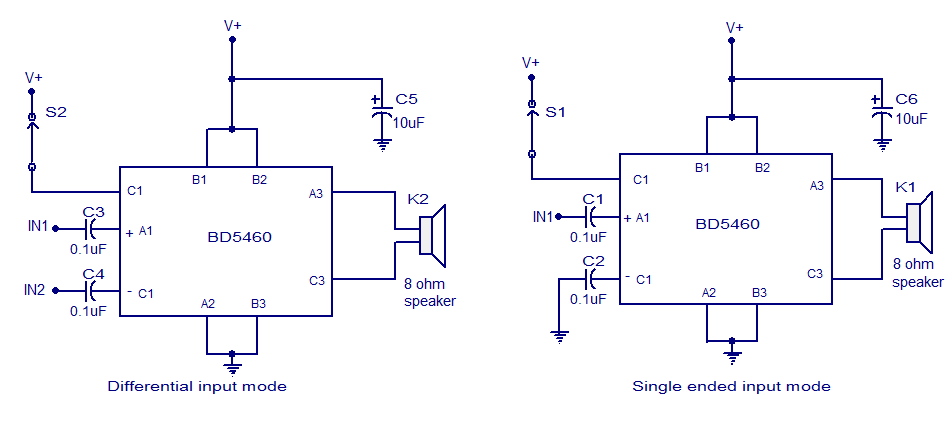
plasma amp
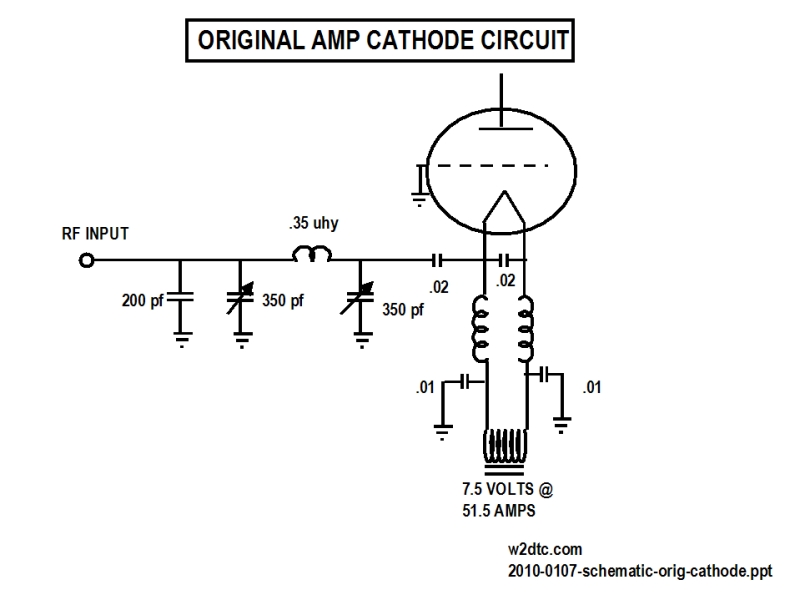
Conversion of a 3CX3000F7 plasma amplifier for use on the 40-meter band, including photographs and detailed descriptions.
The 3CX3000F7 is a high-power vacuum tube typically used in RF amplification applications. Converting this amplifier for operation on the 40-meter band involves several critical modifications to ensure optimal performance and compliance with amateur radio standards.
The conversion process begins with the assessment of the existing circuit configuration. The original design may need adjustments in the input and output matching networks to accommodate the frequency range of 7.0 to 7.3 MHz, which is the standard allocation for the 40-meter band. This may involve recalculating the values of capacitors and inductors in the matching networks to achieve the desired impedance transformation.
Next, the power supply must be evaluated to ensure it can deliver the necessary voltage and current levels for the 3CX3000F7 tube to operate efficiently at the new frequency. The high-voltage power supply design should be checked for stability and ripple, as these factors can significantly impact performance.
Thermal management is another critical aspect of the conversion. The 3CX3000F7 can generate substantial heat during operation, so it is essential to ensure that adequate cooling mechanisms, such as forced air cooling or heat sinks, are in place to prevent overheating and ensure reliability during extended use.
The output stage may also require modifications to the output transformer or balun, which should be designed to match the 50-ohm impedance typical of most amateur radio antennas. This ensures maximum power transfer and minimizes signal distortion.
Finally, the circuit should be tested thoroughly to verify that the amplifier operates correctly within the 40-meter band. This includes checking for linearity, gain, and overall efficiency while monitoring for unwanted harmonics or spurious emissions that could interfere with other communications.
Photographs documenting each step of the conversion process can provide valuable visual references for those undertaking similar modifications, illustrating the changes made to the circuit and the final setup.3CX3000F7 Plasma amp conversion to 40 meters, including photos and descriptions.. 🔗 External reference
The 3CX3000F7 is a high-power vacuum tube typically used in RF amplification applications. Converting this amplifier for operation on the 40-meter band involves several critical modifications to ensure optimal performance and compliance with amateur radio standards.
The conversion process begins with the assessment of the existing circuit configuration. The original design may need adjustments in the input and output matching networks to accommodate the frequency range of 7.0 to 7.3 MHz, which is the standard allocation for the 40-meter band. This may involve recalculating the values of capacitors and inductors in the matching networks to achieve the desired impedance transformation.
Next, the power supply must be evaluated to ensure it can deliver the necessary voltage and current levels for the 3CX3000F7 tube to operate efficiently at the new frequency. The high-voltage power supply design should be checked for stability and ripple, as these factors can significantly impact performance.
Thermal management is another critical aspect of the conversion. The 3CX3000F7 can generate substantial heat during operation, so it is essential to ensure that adequate cooling mechanisms, such as forced air cooling or heat sinks, are in place to prevent overheating and ensure reliability during extended use.
The output stage may also require modifications to the output transformer or balun, which should be designed to match the 50-ohm impedance typical of most amateur radio antennas. This ensures maximum power transfer and minimizes signal distortion.
Finally, the circuit should be tested thoroughly to verify that the amplifier operates correctly within the 40-meter band. This includes checking for linearity, gain, and overall efficiency while monitoring for unwanted harmonics or spurious emissions that could interfere with other communications.
Photographs documenting each step of the conversion process can provide valuable visual references for those undertaking similar modifications, illustrating the changes made to the circuit and the final setup.3CX3000F7 Plasma amp conversion to 40 meters, including photos and descriptions.. 🔗 External reference
